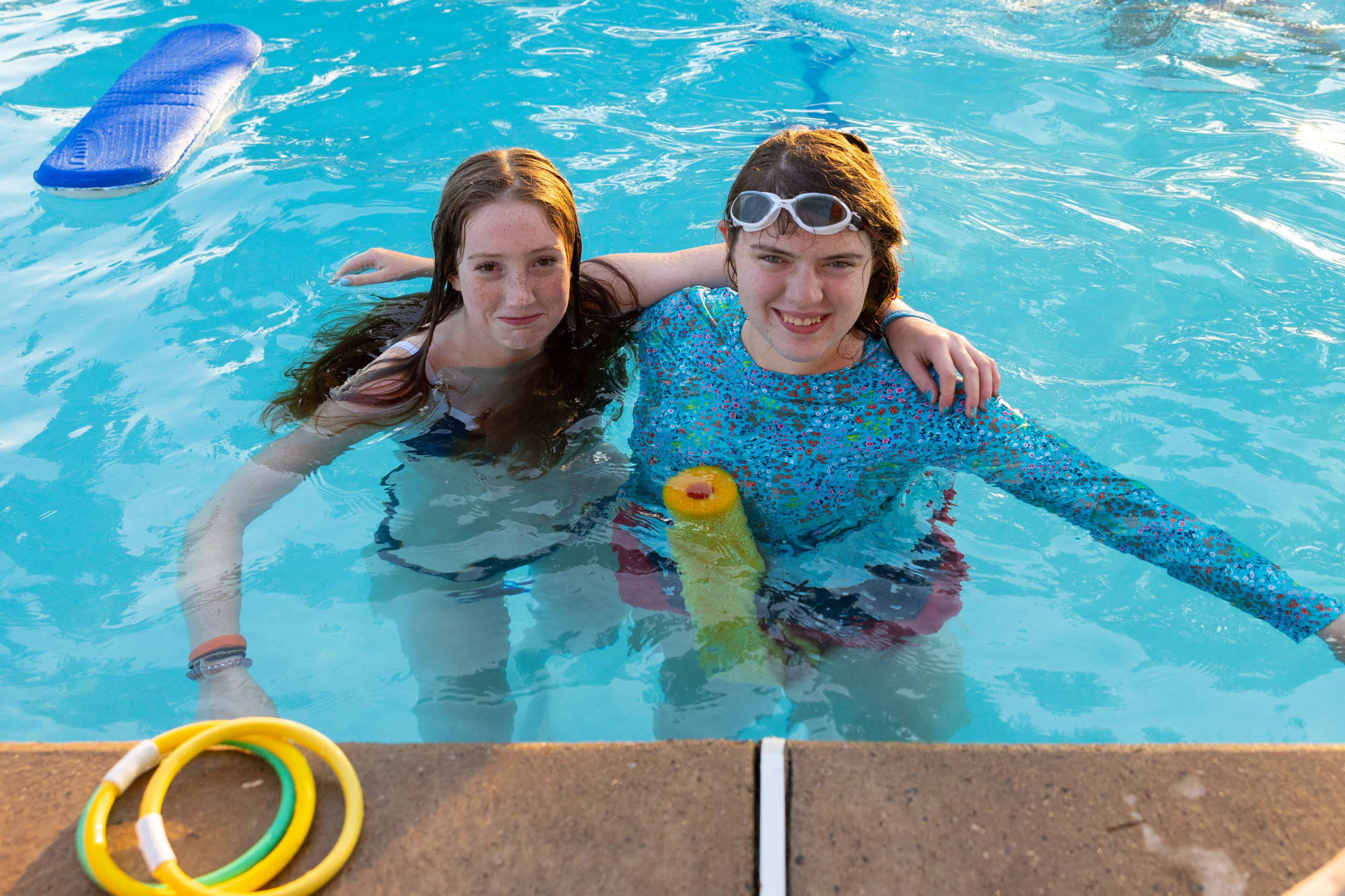

Strategies for ADHD students in the classroom:
Supporting students with ADHD in school takes a team. Parents, educators, and mental health professionals collaborating to best support students helps everyone involved. To best help students it’s important to know what ADHD may look like in a classroom.
Hyperactivity & Impulsiveness:
- Fidgeting
- Excessive talking
- Difficulty waiting their turn
- Difficulty sitting still, especially in quiet settings (lessons, library, quiet reading time, etc)
- Acting without thinking
- Blurting out or interrupting
- Difficult concentrating on assignments
Inattentiveness
- Difficulty staying organized (papers strewn in their backpack, losing assignments, etc)
- Appearing unable to listen or carry out instructions
- Easily distracted, short attention span
- Constantly changing between activities
- Difficulty sticking to tasks that are time-consuming
Additionally, it’s important to remember students with ADHD have short term and working memory issues. To best help students, teachers can reduce the memory load.
- Chunking: break tasks and ideas into smaller chunks
- Make material more meaningful to students by giving students examples they can relate to
- Give information in a variety of ways: see one, do one, teach one
- Give written directions that students can easily refer back to
Fidgeting appropriately can help students succeed while not interrupting their classmates. When I work with teachers, I often hear how they want to help their ADHD students fidget but find popular fidget items can sometimes be too distracting for the student and their peers. Like any other tool, fidgets can be very effective but students need to be taught how to use them appropriately. Research shows that fidgets help students with ADHD access their working memory. Additionally, people with ADHD are better able to focus when they are able to move and the more difficult a task is the more an individual may need to move.
- Doodling/Sketching
- Fine motor movements: teach students simple hand movements they can do while sitting in class
- Sand paper mazes
- Tangle toys
- Textured calm strips
- Fidgeting foot bands
What makes a good fidget?
- Quiet
- Mobile: typically small and easy to bring from class to class
- Tactile
- Safe
- Affordable: they will likely be lost eventually and should be easy to replace
- Teacher-approved
Keep in Mind: Time Blindness
Many students with ADHD are time blind and their sense of time is different than their neurotypical peers. Often, kids with ADHD struggle to estimate how long a task may take them. For example, they might anticipate a writing assignment will take them 10 minutes to complete when in reality the task will take much longer. On the flip side, students may struggle to start an assignment because they fear it will take them much longer than it actually will. Educators and parents can help students with ADHD to better understand how long tasks take by having students predict before starting a task how long they think it will take and then logging how long it actually took. This reflection can help people with ADHD to better understand time and feel their “inside clock” as they guess how long something will take. Continued practice with this will help to strengthen a students internal clock. It will also help students to see that a task may have been easier or harder than they estimated.
Additional Strategies for the Classroom:
- Ask students to connect material to their lives
- Do not make all of the connections for them
- Make application of material the goal rather than rote memorization
- Provide problems or case studies for students to solve
- Discuss how students will use information learned and where it may be applicable
